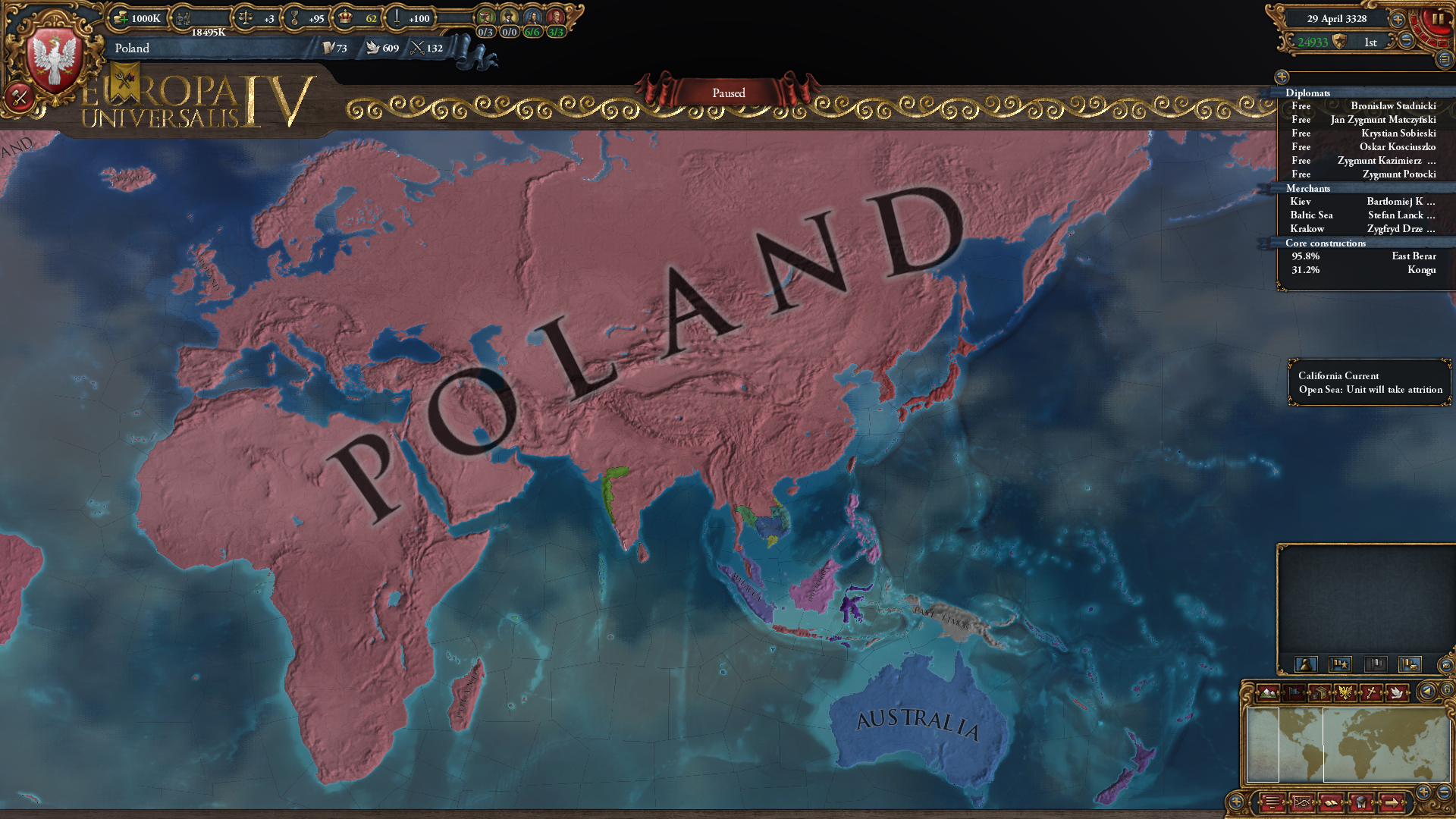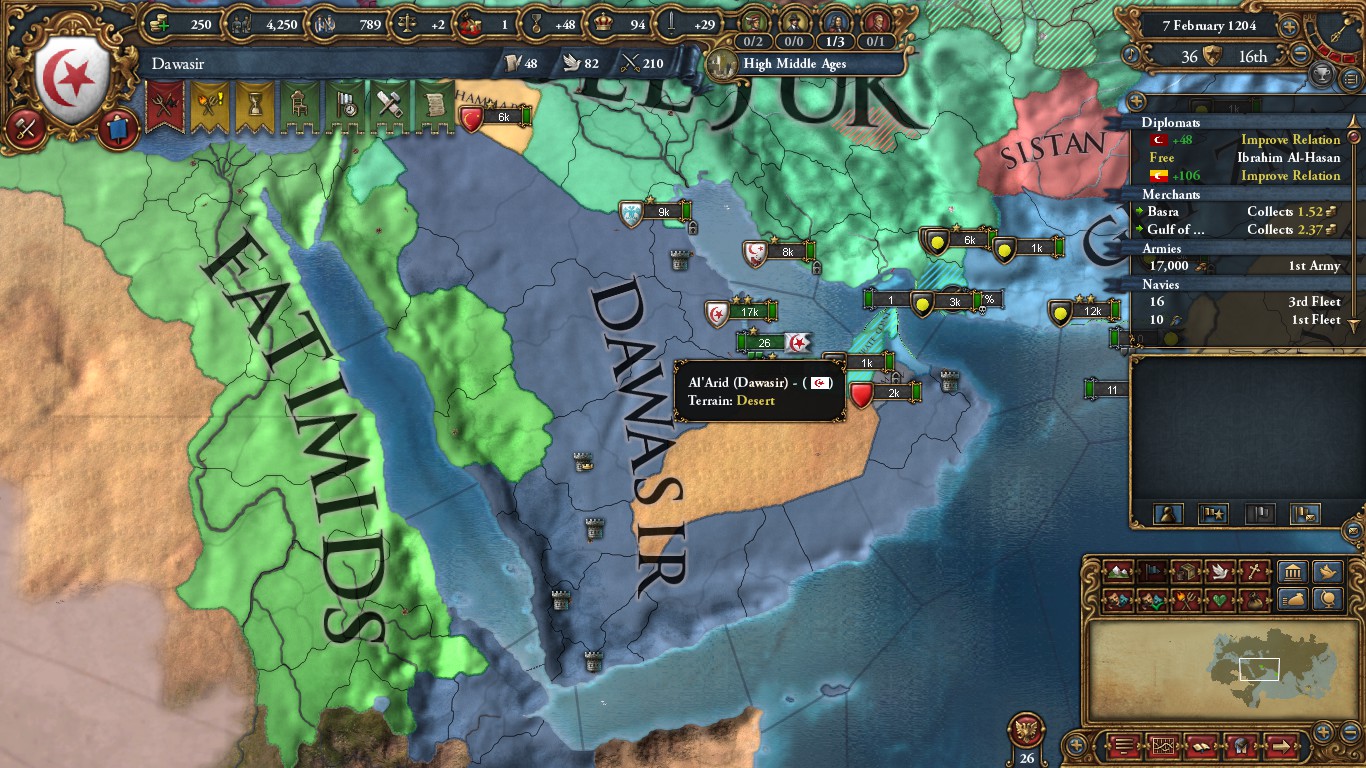

In the game Protestantism cover mainly countries inspired by Luther's teachings. They react against a number of the conventions that over time have developed in the Catholic church and the idea of a pope itself. Protestantism covers a wide range of religious traditions starting with the teachings of Martin Luther during the reformation. They are a diverse group of non-conformists ranging from moderates with minor theological disagreements with Catholic doctrine to radicals who see the Catholic Church as irredeemably corrupt.įor console use, Hussite's name is hussite. The Hussites are followers of Jan Hus, a Bohemian religious reformer who was burned at the stake for heresy in 1415. For console use, Orthodox's name is orthodox. In the game much of Eastern Europe is Orthodox religion. The Orthodox Churches reject the idea of the Pope and are instead divided into a number of churches presided over by Patriarchs. The Orthodox Christian tradition has its root in the Greek rite and is considered to be closer to the original Christian ideals than Catholicism. Curia Mechanics (papacy is The Papal State).For console use, Catholic's name is catholic. In 1444 Catholicism is the dominant Christian Church in western and northern Europe but it will likely be broken up by Protestantism and Reformed Christianity during the Reformation. See also: the Great Schism Post-Great Schism Christian CatholicĬatholicism is the name of a Christian tradition with its roots in the old Latin rite that recognizes the Pope as the head of Christendom. Holy sites of the Nestorian Faith: Judaea, Ctesiphon, Edessa, Merv, Kashgar.For console use, Nestorian's name is nestorian. Naimans is the only country with Nestorianism as State religion, although Nestoriansm is the secondary religion, the main religion being Tengrism. In the game Nestorianism appears in a few provinces in the Middle East and Mongolia. It was advanced by Nestorius in the early 400s and declared heretical by the Council of Ephesus in 431. Nestorianism is a branch of Christianity that emphasizes the disunion between the human and divine natures of Jesus. Holy sites of the Miaphysite Faith: Alexandria, Axum, Antioch, Qasr Ibrim, Yerevan.Miaphysitism is based upon an understanding of the writings of Cyril of Alexandria Miaphysitists profess that in the person of Jesus Christ, the divine and human natures are united in one single compound nature.Īfter the fall of Egypt to the Muslims in 641 the Miaphysite religion survives as the majority faith only in Ethiopia, Nubia and Armenia.įor console use, Miaphysite's name is coptic. For console use, Arian's name is arianism. In the game Arianism is widespread in Europe in the 5th and 6th centuries. Arian teachings were first attributed to Arius and declared heretical by the First Council of Nicaea in 325. Holy Sites of the Chalcedonian Faith: Byzantium, Rome, Alexandria, Antioch, JudaeaĪrianism is a nontrinitarian branch of Christianity that asserts that Jesus Christ is the Son of God, created by God the Father, distinct from the Father and therefore subordinate to the Father.For console use, Chalcedonian's name is chalcedonism.

In the game Chalcedonism represents the main branch of Christianity practiced in Rome before the Great Schism. The Chalcedonians believe that the divine and human natures of Jesus of Nazareth are exemplified as two separate natures. 2.4 Khawarij (called "Ibadi" in vanilla)įor console use, Christian group's name is christian.Ĭhalcedonian Christianity refers to the Christian churches that accept the Definition of Chalcedon from 451.1.1.3 Miaphysite (called "Coptic" in vanilla).For all the files in the common\technologies folder, copy and paste the last lines, adding new tech levels and increasing the expected year by at least 20. To stop this, you have to add new technology levels. However, if you manage to play long enough, the technologies will run out and the game will crash. To extend the timeline beyond 1821, open the file common\defines.txt in your EU3 folder. Heir to the Throne and Divine Wind do not modify the game's time frame. The second expansion, In Nomine added roughly 53 years at the start, expanding the timeline once more, now from 1399 to 1821. In the original version the time-span was from 1453 to 1789, and Napoleon's Ambition extended this to 1821. The timeline in Europa Universalis III has been changed several times. This article is accurate for the latest versions of EU3, Napoleon’s Ambition, In Nomine, Heir to the Throne and Divine Wind.


 0 kommentar(er)
0 kommentar(er)
